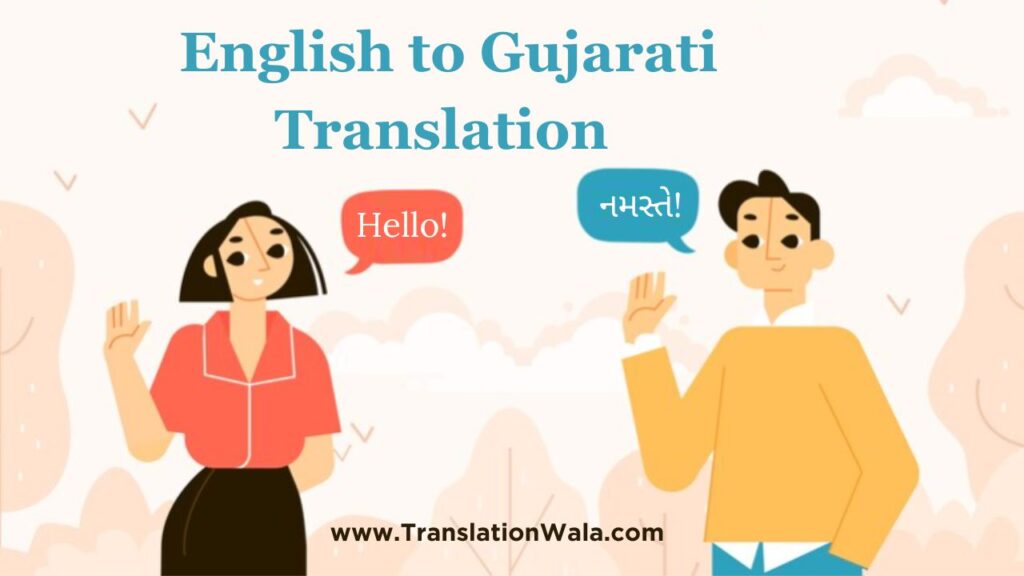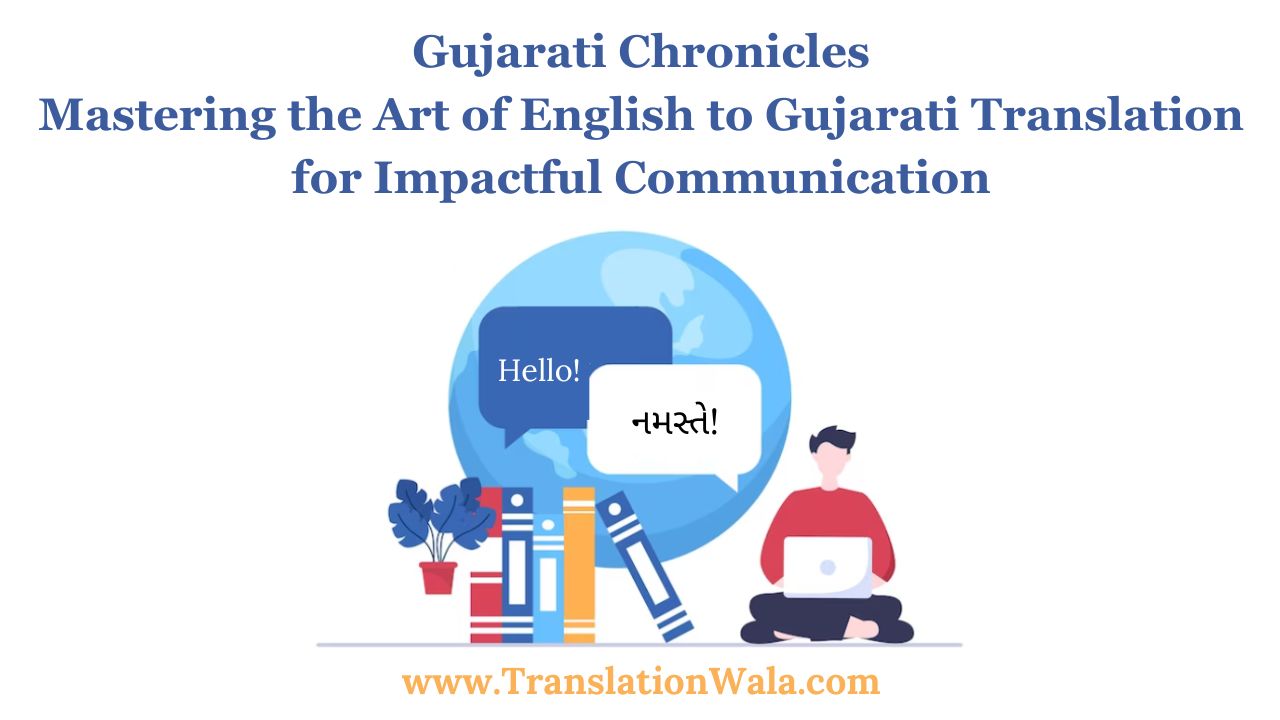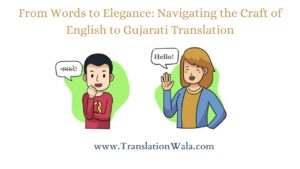India has many beautiful languages, but Gujarati is one of a kind because it has a long past, unique culture traits, and a unique literature tradition. As the world gets smaller and contact goes beyond countries, it’s more important than ever to be able to English to Gujarati Translation. It takes skill and finesse to get through the complicated parts of this language bridgework, whether you’re a business trying to connect with Gujarati customers, a student interested in cultural exchange, or a person who wants to become a translator.
Delving into the Depths: Understanding the Linguistic Landscape
Even though English and Gujarati sound very different, they have a very interesting past of interacting with each other. Gujarati has a vocabulary that was shaped by colonial rule for hundreds of years. However, lively cultural phrases continue to improve both languages. But becoming a translator isn’t just about switching words; it’s also about getting to know the heart of each language.
Here’s where the true challenge lies:
- Cultural Nuances: Proverbs, jokes, and sarcasm in Gujarati can lose their meaning if they are translated word-for-word. Understanding the societal background is very important for getting the message across clearly.
- Idioms and Expressions: When you translate words straight, you often end up with meaningless nonsense. A good translation figures out what the message really means and finds natural Gujarati words that make sense to the audience.
- Register and Tone: If you use formal English in a business paper and in a relaxed social media post, the translation might be different. To communicate effectively, you need to know the right range and stick to the tone you want to use.
Also Read: Cultural Conversations: The Impact of Accurate English to Marathi Translation Services

The Art of the Translator: Essential Skills for Success
It takes more than a bilingual book to help people speak each other. These are the most important things a translation needs:
- Linguistic Expertise: To be a good translator, you need to be fluent in both English and Gujarati and know a lot about language, vocabulary, and structure.
- Cultural Awareness: Being deeply involved in Gujarati literature, society, and social details helps the translation understand the deeper meanings that are hidden in the language.
- Attention to Detail: A close attention to detail and careful editing make sure that the translated text is error-free and accurately expresses the original message.
- Adaptability: It is very important to be able to change the style of translation depending on the audience and goal of the writing. Writing a research paper is not the same as writing a business phrase.
Beyond the Dictionary: Tools and Resources for Translators
Even though technology can be helpful, remember that the human touch is still invaluable:
- Translation Tools and Dictionaries: Online tools can be useful for quick references and word checks, but they lack the background and subtlety that people can provide.
- Translation Software and Terminology Management Tools: These can speed up processes and make sure that everything is the same, but human opinion is still needed for correctness and cultural awareness.
- Online Communities and Forums: Getting in touch with other translators helps you share what you know, get feedback from others, and grow as a professional.
Crafting Impactful Communication: Best Practices to Shine
It’s not enough to just translate words; you also need to translate feelings and cultural understanding:
- Clarity and Conciseness: Try to make the original and translated texts as clear as possible. Stay away from complicated sentence patterns and unclear words.
- Target Audience Awareness: Make sure that the version fits the goals, standards, and cultural background of the people you want to read it. Think about their age, level of schooling, and the people they are around.
- Natural Language Flow: Don’t use versions that are too precise and sound weird in Gujarati. Try to make the writing run smoothly and sound like it was written in Gujarati.
- Emotional Intelligence: Understand how the text makes you feel and translate it in a way that reflects that. A business paper might need a different tone than a letter from the heart.
The Gujarati Chronicles Continue: A Journey of Language and Connection
Learning how to English to Gujarati Translation is a process that never ends. As you learn more about both languages, keep in mind that what guides you are cultural sensitivity, flexibility, and a love of language. If you work hard and practice, you can become a link between cultures that helps people understand each other and communicate effectively in the rich fabric of the Gujarati Chronicles.



